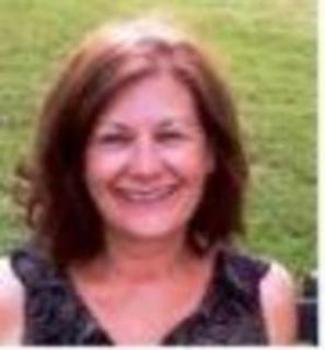Question
Can an individual with severe cognitive impairment use an AAC device?
Answer
A belief by many is that since AAC is not always so simple, it must require significant cognitive and linguistic skills, which become imposed prerequisites that must be met before a child or adult can benefit from AAC. The National Joint Committee for the Communication Needs for Persons with Severe Disabilities (2003) published the Position statement on access to communication services and supports: Concerns regarding the application of restrictive "eligibility" policies. This paper states that, "eligibility for communication services and supports should be based on individual communication needs". As well, research (see below) has dispelled the notion that communicators must somehow qualify for AAC interventions by showing certain precursor language or cognitive abilities, and this view is now extending into policy. In 2001, ASHA, with the work of Special Interest Division 12, AAC, adopted a statement on "No Prerequisites" for communication.
Lloyd and Kangas (1988), and others, have long countered this prerequisites-for-communication position with fact and rationales. These authors conducted a meta-analysis and review of AAC research and concluded that cognitive prerequisites for communication were not required. Specifically, they noted that withholding communication intervention until an individual develops specific presupposed cognitive or other prerequisites was unwise and not the best practice for then or now. Since this pivotal article, Blishak, Lombardino, and Dyson (2003), and others have supported the view that the AAC systematic process has developed into a much more inclusive process. The current concepts encourage and support a participation-based model, which focuses on emphasizing skills and capabilities, while identifying but not highlighting deficits only. Beukelman and Mirenda (1992 and 1998), Glennen and Decoste (1996), Lloyd, Fuller, and Arvidson (1997), Reichle, Beukelman, and Light (2002), and many others emphasize a systematic process of discovering and emphasizing communication capabilities as the primary premise of AAC practice.
This Ask the Expert was taken from the course entitled: AAC: Demystifying the "Assessment Process" presented by Patricia Ourand, M.S., CCC-SLP.
Visit the SpeechPathology.com eLearning Library to view all of our live, recorded, and text-based courses on a variety of topics.
Patricia Ourand, M.S., CCC-SLP, holds a Master's degree in Speech Pathology from Loyola College in Baltimore, MD, as well as a Master's degree in Technology for Special Education & Rehabilitation from the Johns Hopkins University in Baltimore, MD. She is currently the President of Associated Speech & Language Services, Inc., a speech-language pathology practice, serving the Baltimore/Washington area, and specializing in assistive technology (AT) and augmentative and alternative communication (AAC).

